Treatment options and pricing
Browse and click below to book any of our available service.
Reiki
Included in the Reiki
During a Reiki session, you’ll lie down fully clothed as a practitioner lightly places their hands on or near your body, allowing soothing energy to flow, aiming to help alleviate stress and encourage a sense of calm and healing.
Common Q&A about Reiki
Our FAQ section is designed to address common questions you may have, from how our treatments work to what you can expect during and after your session.
Our team is always available to provide additional support if you need more personalised guidance, ensuring that you feel informed and confident every step of the way.
Reiki is a form of energy healing that originated in Japan. It involves the practitioner placing their hands lightly on or just above the body to channel healing energy to the recipient. Reiki aims to promote physical, emotional, and spiritual well-being by balancing the body’s energy.
Reiki practitioners believe that energy flows through the body, and imbalances or blockages in this energy can lead to physical, emotional, or spiritual issues. During a Reiki session, the practitioner channels universal life energy into the recipient, helping to clear blockages, restore balance, and promote healing.
In a typical Reiki session, the recipient lies down fully clothed while the practitioner places their hands on or just above the body in a series of positions. The practitioner may focus on areas that need healing, and the recipient may feel warmth, tingling, or deep relaxation during the session.
Reiki is believed to offer several benefits, including stress reduction, relaxation, pain relief, improved sleep, emotional balance, and enhanced overall well-being. It can also support healing from physical injuries and illness by promoting relaxation and reducing stress.
Yes, Reiki is considered a complementary therapy and can be safely used alongside medical treatments. It is often used to help reduce side effects from treatments like chemotherapy, surgery, or medication. However, Reiki should not replace conventional medical care.
The number of Reiki sessions needed varies from person to person. Some individuals may feel benefits after just one session, while others may require multiple sessions to experience deeper healing. The frequency and number of sessions depend on the individual’s goals and health condition.
Yes, Reiki is considered a safe, non-invasive therapy with no known harmful side effects. Since it involves gentle touch or no touch at all, it’s suitable for people of all ages, including children and the elderly. It does not involve the use of any medications or equipment.
Yes, Reiki is often used for emotional healing, helping people release negative emotions, reduce anxiety, and find balance in their emotional and mental states. It can assist with stress, depression, grief, and other emotional challenges by promoting a sense of calm and relaxation.
While belief in Reiki may enhance the experience, it is not necessary for it to be effective. Reiki practitioners believe that the energy flows naturally, regardless of the recipient’s belief system. Many people who are skeptical still report feeling relaxed and calm after a session.
Yes, Reiki can be learned by anyone who wishes to practice it. Reiki training typically involves three levels or degrees. The first degree focuses on self-healing and healing others, while the second and third degrees involve more advanced techniques, including distant healing. Reiki masters can provide training and attunements to help individuals channel healing energy.



